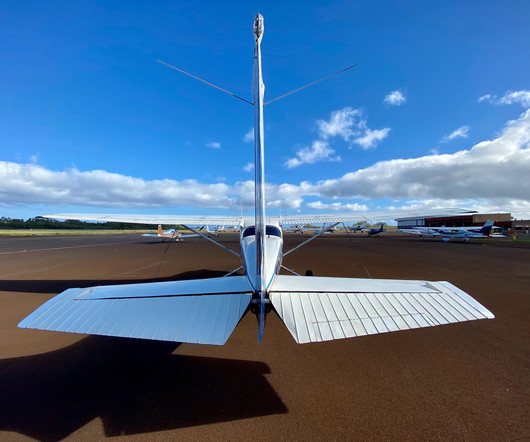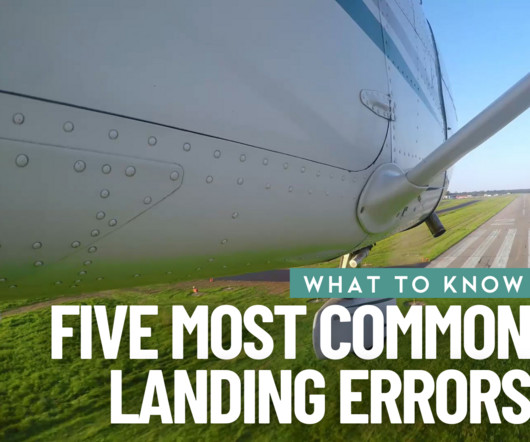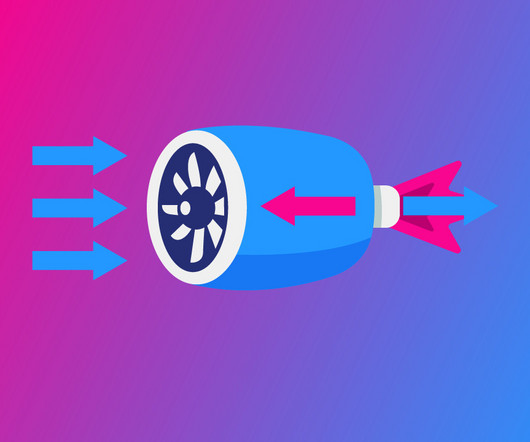What Every Pilot Needs to Know about the Airplane Rudder
Northstar VFR
JULY 21, 2024
More right rudder!!” The airplane rudder is one of the most misunderstood of the primary flight controls. Yet the rudder is one of the most important and one of the most under-utilized. The rudder’s most important function is controlling the yaw of the aircraft, which moves the nose of the plane left and right.












Let's personalize your content